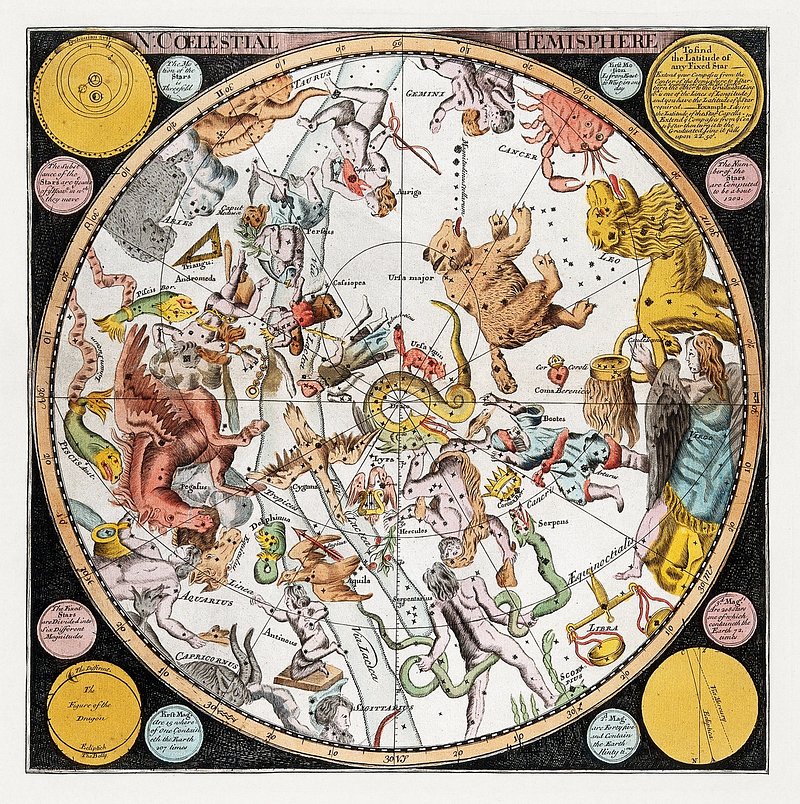
Have you ever gazed up at the night sky, lost in the shimmering tapestry of distant lights, and wondered what those twinkling beacons actually are? We’re not talking about your favorite Hollywood celebrities here; we’re diving deep into the actual celestial bodies that light up our universe! These aren’t just pretty pins of light; they’re colossal, cosmic furnaces, each with its own incredible story, from fiery birth to dramatic demise. Get ready to have your mind expanded, because stars are way cooler than you ever imagined.
From the ancient stargazers who mapped their movements to modern astrophysicists who dissect their very essence, humanity has always been captivated by these distant suns. They influence everything from the elements that make up our planet (and us!) to the very calendars we use to mark time. Their sheer numbers are staggering, their life cycles epic, and their impact on the cosmos, well, it’s literally universal.
So, if you’re ready to peel back the layers of mystery surrounding these galactic giants, buckle up! We’re about to embark on a journey through the fundamental nature of stars, exploring how they come into existence, what keeps them burning brightly for billions of years, and the incredible transformations they undergo throughout their stellar lives. Get ready to impress your friends with some seriously out-of-this-world knowledge!
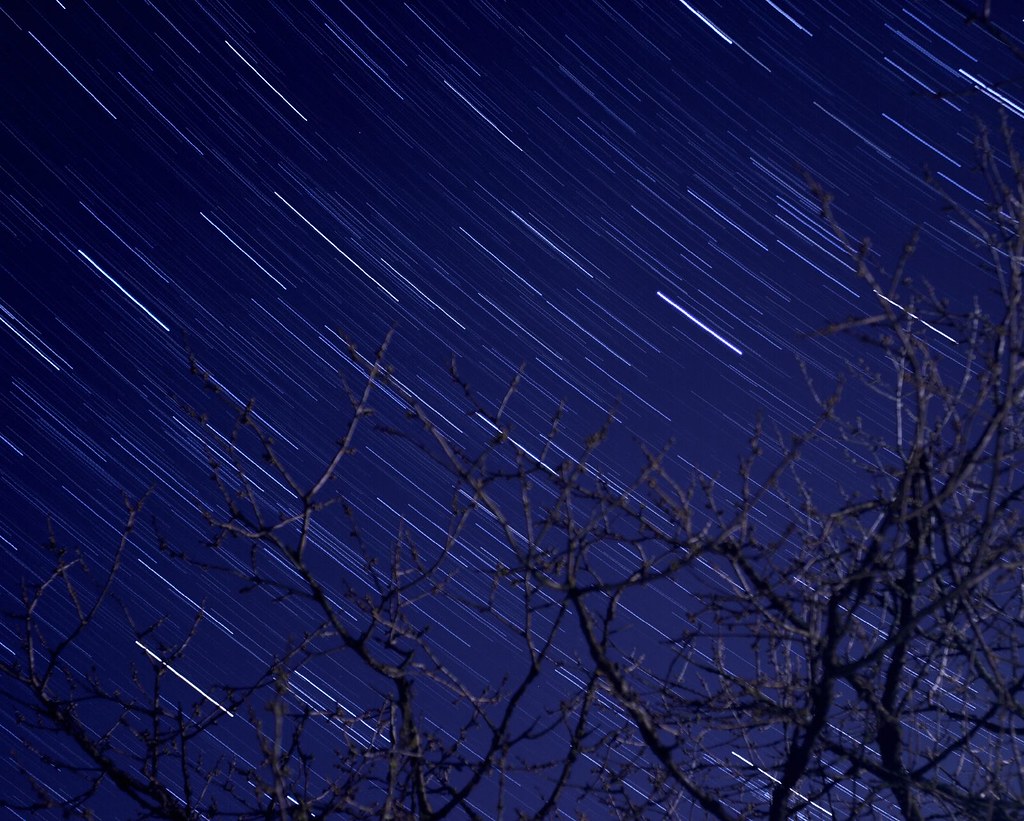
1. **What Exactly IS a Star? More Than Just a Pretty Light!**When we talk about a ‘star,’ what exactly are we picturing? In scientific terms, it’s not just a shiny dot in the sky. A star is fundamentally a “luminous spheroid of plasma held together by self-gravity.” Imagine a gigantic, glowing ball of super-heated gas, so hot that its atoms have been stripped of their electrons, creating plasma, all held together by its own immense gravitational pull. That’s a star!
Our very own Sun is the closest example, a G-type main-sequence star, and it’s a perfect illustration of this definition. While the Sun feels incredibly close and massive to us, most of the other stars we see at night appear as mere fixed points of light. This isn’t because they’re small, but because their “immense distances from Earth make them appear as fixed points of light.” Distance, as always, is key in the cosmos.
Throughout history, humans have categorized these prominent lights. You know about constellations and asterisms, right? Those imaginative patterns ancient cultures drew in the sky. Beyond that, many of the brightest stars have earned their own proper names, like Sirius or Betelgeuse. Astronomers, in their meticulous way, have taken this a step further, assembling comprehensive star catalogues to identify known stars and give them standardized designations.
And just how many of these cosmic marvels are out there? Prepare for a truly mind-boggling number. The observable universe, as best we can estimate, “contains an estimated 10^22 to 10^24 stars.” That’s a 1 followed by 22 to 24 zeros! Yet, only about 4,000 of these countless stars are actually “visible to the eye—all within the Milky Way galaxy.” It really puts our little corner of the universe into perspective, doesn’t it?
Read more about: Beyond the Blink: Unpacking the Mind-Blowing Life Cycles and Secrets of Stars, From Birth to Cosmic Demise

2. **The Sun: Our Home Star and the Ultimate Benchmark**Let’s zoom in on our very own superstar: the Sun. It’s not just any star; it’s “a G-type main-sequence star, the closest to Earth.” This makes it our primary reference point for understanding all other stars. Think of it as the ultimate cosmic measuring stick. Its consistent presence and predictable movements have shaped human civilization in profound ways, even influencing our most fundamental timekeeping.
For instance, the calendar we use every single day, the Gregorian calendar, is deeply rooted in our relationship with the Sun. It’s a “solar calendar based on the angle of the Earth’s rotational axis relative to its local star, the Sun.” Without our Sun, not only would we be freezing in the dark, but our entire concept of a year, seasons, and time itself would be completely different. It’s pretty wild to think about how much one star can influence life.
When astronomers talk about other stars, they often use the Sun as a convenient reference. Why invent new units when you have a perfectly good one right next door? That’s why “it is often most convenient to express mass, luminosity, and radii in solar units, based on the characteristics of the Sun.” So, when you hear about a star being ‘ten solar masses,’ you know it’s ten times heavier than our Sun. Easy peasy, right?
Our Sun isn’t static, though. It’s subtly changing over astronomical timescales. Did you know that “the Sun, for example, is estimated to have increased in luminosity by about 40% since it reached the main sequence 4.6 billion (4.6×10^9) years ago”? And its future holds even more dramatic transformations. In about 5 billion years, our golden orb will enter its helium-burning phase, and it will “expand to a maximum radius of roughly 1 astronomical unit (150 million kilometres), 250 times its present size, and lose 30% of its current mass.” Let’s just say, Earth won’t be quite as cozy then!
Read more about: Cosmic Confessions: Unearthing the Astonishing Secrets Buried Within the Stars – A Deep Dive into Celestial Mysteries

3. **A Star’s Grand Entrance: Where Do These Cosmic Giants Come From?**Ever wonder where stars get their start? It’s not a quiet, gentle process. A star’s life “begins with the gravitational collapse of a gaseous nebula of material largely comprising hydrogen, helium, and traces of heavier elements.” Imagine a vast, swirling cloud of gas and dust, so immense it dwarfs anything we can comprehend on Earth. These cosmic nurseries are truly magnificent.
These regions, known as “molecular clouds,” are where all the magic begins. They are comprised mostly of hydrogen, with a good chunk of helium (about 23 to 28 percent), and a sprinkling of heavier elements. One of the most famous examples of such a stellar incubator is the stunning “Orion Nebula,” a breathtaking sight even to amateur astronomers. Most stars, by the way, don’t form alone; they typically emerge “in groups of dozens to hundreds of thousands of stars.”
The formation process itself is triggered by “gravitational instability within a molecular cloud,” often jump-started by things like “compression of clouds by radiation from massive stars, expanding bubbles in the interstellar medium, the collision of different molecular clouds, or the collision of galaxies.” When a particular region in this cloud gets dense enough to meet the ‘Jeans instability’ criteria, it finally “begins to collapse under its own gravitational force.” It’s like a cosmic domino effect!
As the cloud collapses, dense clumps of dust and gas start to form, which astronomers affectionately call “Bok globules.” These globules continue to contract, and as their density skyrockets, the gravitational energy is converted into heat, causing temperatures to soar. Eventually, at the core, a “protostar forms.” These “pre-main-sequence stars” are typically enveloped by a swirling “protoplanetary disk” – the very stuff from which planets might later form – and they’re powered primarily by the conversion of gravitational energy, not yet by nuclear fusion. This whole contraction phase can last “about 10 million years for a star like the sun, up to 100 million years for a red dwarf.” Talk about a long gestation period!
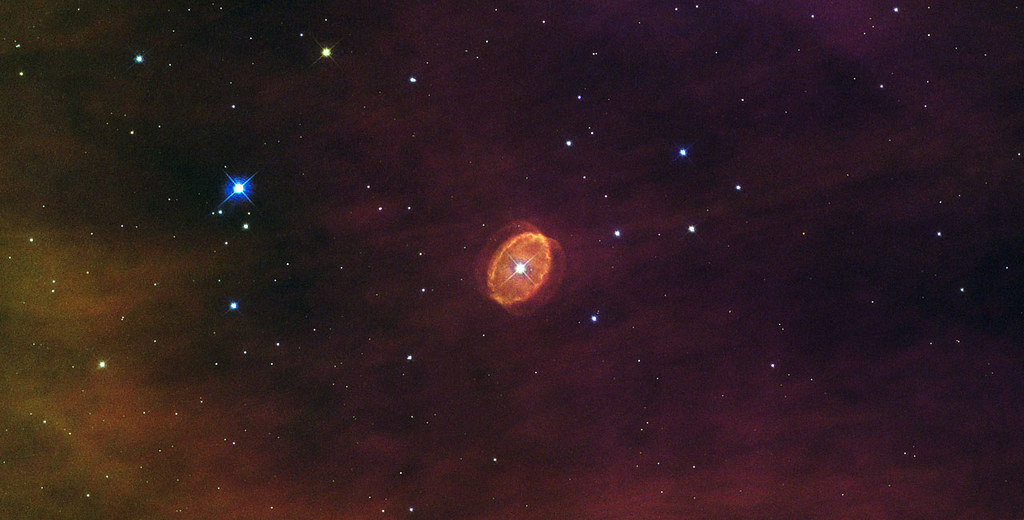
4. **The Main Event: Living the Main Sequence Life**Once a star has properly formed and ignited its core, it settles into what astronomers call the “main sequence.” This is the longest and most stable phase of a star’s existence, a time when it truly shines brightest. Stars “spend about 90% of their lifetimes fusing hydrogen into helium in high-temperature-and-pressure reactions in their cores.” This is the powerhouse mechanism that makes them luminous and keeps them from collapsing under their own gravity.
During this incredibly long period, stars on the main sequence are often referred to as “dwarf stars,” even our Sun! Don’t let the name fool you, though; many are still enormous. The energy produced by the “thermonuclear fusion of hydrogen into helium in its core” doesn’t just stay put. It “releases energy that traverses the star’s interior and radiates into outer space,” giving us that beautiful starlight we cherish.
While the main sequence is stable, it’s not entirely unchanging. As a star chugs along, the proportion of helium in its core steadily increases. This subtle shift means “the rate of nuclear fusion at the core will slowly increase, as will the star’s temperature and luminosity.” Our Sun is a prime example, having already brightened considerably since its main sequence debut billions of years ago.
Stars also aren’t perfectly contained; they constantly shed material in what’s known as a “stellar wind” – a continuous outflow of gas into space. For most stars, like our Sun, this mass loss is pretty negligible (the Sun loses a tiny fraction of its total mass over its entire lifespan). However, for “very massive stars,” this can be a huge deal; they “can lose 10^-7 to 10^-5 M☉ each year, significantly affecting their evolution.” Some truly enormous stars “that begin with more than 50 M☉ can lose over half their total mass while on the main sequence.” Imagine losing half your body weight just by existing!
Read more about: The ’00s Legend Returns: How T.O.P Dominated the Charts and Shaped a Generation’s Sound, Plus His Epic Journey Beyond Music
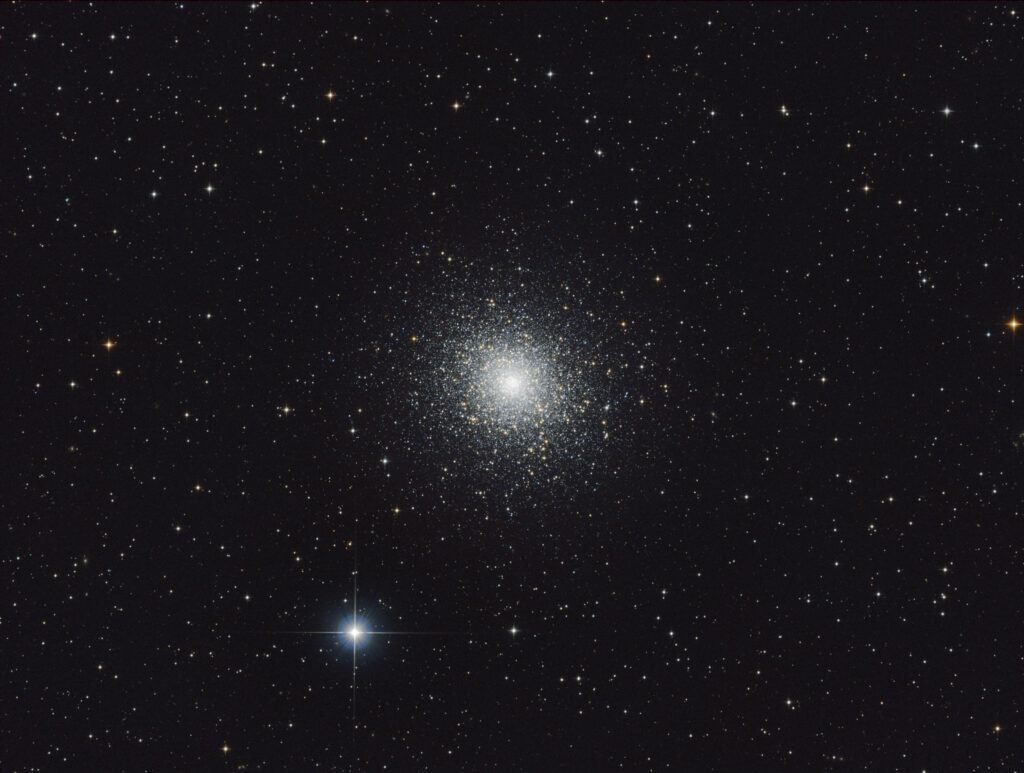
5. **Growing Up: The Red Giant Transformation (and Beyond!)**Even the longest, most stable main sequence phase eventually comes to an end. Once a star like our Sun (or any star “of at least 0.4 M☉”) exhausts the supply of hydrogen fuel in its core, things get really interesting. The star doesn’t just fizzle out; it undergoes a dramatic and spectacular transformation. It begins to “fuse hydrogen in a shell surrounding the helium core.” This new process causes the outer layers of the star to “expand and cool greatly as they transition into a red giant.” These things become absolutely enormous, sometimes hundreds of times their original size!
As they swell, these red giants aren’t just getting bigger; they’re also doing something crucial for the universe. They “throw part of their mass, enriched with those heavier elements, into the interstellar environment, to be recycled later as new stars.” This is how the cosmos gets its building blocks for future generations of stars and planets. Pretty cool, right? Meanwhile, back in the core, “as the hydrogen-burning shell produces more helium, the core increases in mass and temperature.”
For stars up to about 2.25 times the mass of the Sun, the helium core gets incredibly dense before fusion can begin again, leading to an explosive event called a “helium flash.” After this sudden burst, the star shrinks rapidly and gets hotter, settling onto the “horizontal branch” of the Hertzsprung-Russell diagram. More massive stars, however, skip the helium flash and simply start burning helium gradually, spending some time in what’s known as the “red clump” before moving to the horizontal branch.
But the journey isn’t over! After fusing all the helium in its core, a star enters another distinct phase: the “asymptotic giant branch (AGB).” Here, it starts fusing helium in a shell around a hot carbon core, essentially repeating a similar expansion phase but with even higher luminosity. During this AGB phase, stars experience “thermal pulses due to instabilities,” causing their luminosity to vary and ejecting even more material into space, ultimately forming a beautiful and ethereal “planetary nebula.” This process can be quite dramatic, with “as much as 50 to 70% of a star’s mass can be ejected.” And because this ejected material is “enriched with the fusion products dredged up from the core,” it means these planetary nebulae are packed with heavier elements like carbon and oxygen, further contributing to the cosmic recycling plant. This is the stuff that literally makes up everything around us, proving that “future generations of stars are made of the ‘star stuff’ from past stars.”
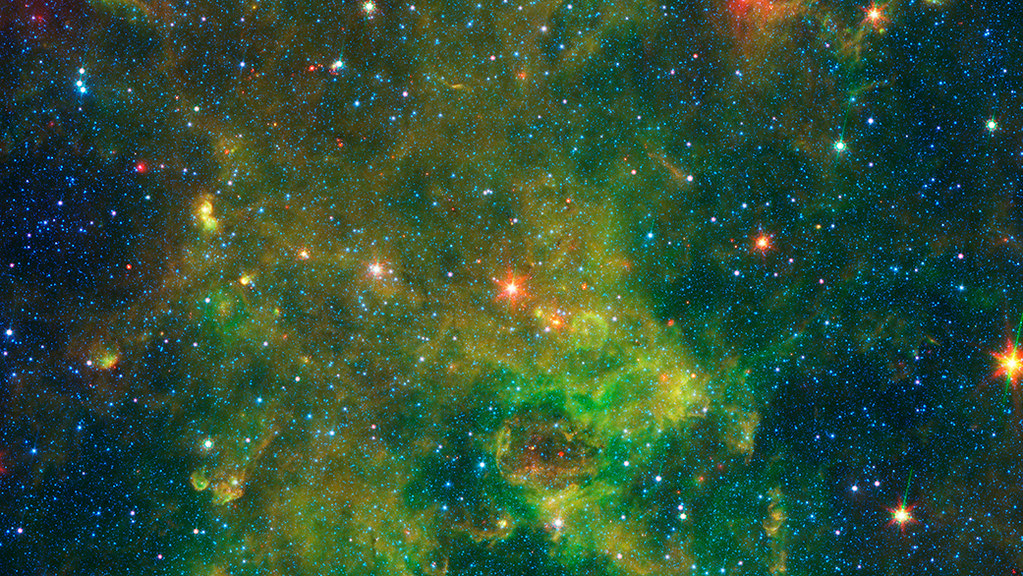
6. **Massive Stars: Blue Giants, Red Supergiants, and Wild Behavior**While all stars are incredible, the truly “massive stars”—those generally with “a minimum mass of ~8 M☉”—take stellar evolution to a whole new level of drama and spectacle. These cosmic heavyweights have lives that are shorter, more intense, and infinitely more explosive than their smaller cousins. They burn through their fuel at an astonishing rate, leading to some truly epic transformations.
During their helium-burning phase, a star more than nine times the mass of our Sun will swell to become, first, a “blue supergiant” and then a colossal “red supergiant.” Imagine something so immense that if it were in our solar system, it would swallow up the orbits of multiple planets! These are truly among the largest objects in the universe. However, some particularly enormous stars, “exceeding 40 solar masses, like Alnilam” in Orion’s Belt, actually manage to avoid becoming red supergiants entirely. Why? Because their “high mass loss” prevents it, and they might instead evolve into a “Wolf–Rayet star.” These are characterized by spectra dominated by emission lines of heavier elements, which have been brought to the surface due to intense convection and extreme mass shedding.
As these massive stars exhaust their helium, their cores continue to contract, and temperatures and pressures rise to mind-boggling extremes. This allows them to begin fusing elements heavier than helium. First, they’ll “fuse carbon,” a process that then continues with successive stages fueled by “neon,” then “oxygen,” and finally “silicon.” It’s like a cosmic forge, creating new elements layer by layer. Near the end of such a star’s life, this fusion doesn’t just happen in the core but continues “along a series of onion-layer shells within a massive star.” Each shell is busy fusing a different element, with the lightest elements fusing in the outermost shells and the heaviest closer to the core.
This incredible element-forging process eventually hits a wall: iron. “The final stage occurs when a massive star begins producing iron.” Why is iron the end of the line? Because “iron nuclei are more tightly bound than any heavier nuclei,” meaning that any fusion beyond iron wouldn’t release energy; instead, it would actually *consume* it. This spells big trouble for the star, setting the stage for its ultimate, cataclysmic demise.
Adding another layer of excitement, some massive stars, especially “luminous blue variables,” are so unstable that they violently shed their mass into space in events dramatically known as “supernova impostors.” This makes them “significantly brighter in the process.” A famous example is “Eta Carinae,” which underwent a massive supernova impostor event, dubbed the Great Eruption, in the 19th century. Talk about a cosmic temper tantrum!
Alright, so we’ve journeyed through the incredible lives of stars, from their fiery births to their dramatic transformations. But guess what? Their story is far from over! Now, we’re going to pull back the cosmic curtain even further, unraveling some truly mind-blowing stellar secrets. Get ready to discover how these celestial powerhouses literally create the building blocks of the universe, how we earthlings manage to measure and categorize them from light-years away, and the fascinating social lives they lead, whether dancing in pairs or grouping up in grand cosmic cities. It’s time to become an expert on the hidden depths of starlight!
Read more about: Cosmic Dramas: Unveiling the Profound Forces That Transform a Star’s ‘Dream House’ Across Billions of Years
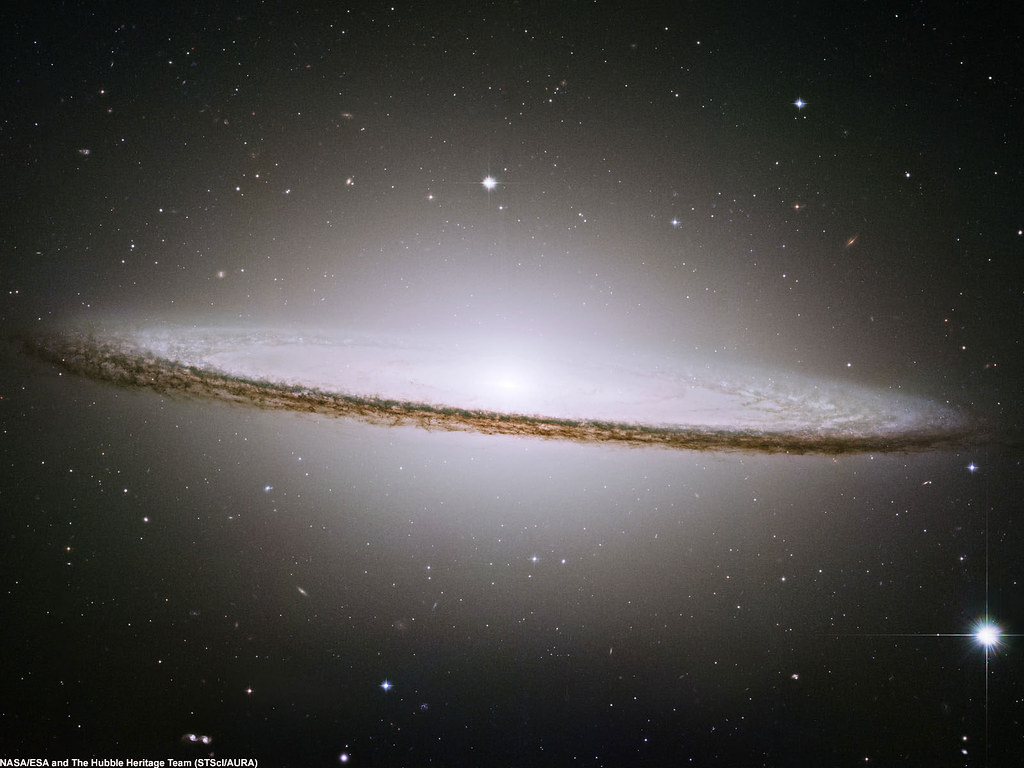
7. **The Cosmic Alchemists: How Stars Forge All the Elements You Know and Love**You know that dazzling array of elements on the periodic table? Well, almost every single one of them, from the oxygen you breathe to the iron in your blood, owes its existence to stars! Talk about being made of ‘star stuff,’ right? This incredible process, known as ‘stellar nucleosynthesis,’ is where stars act like gigantic cosmic forges, cooking up new chemical elements through nuclear fusion deep within their cores or during their explosive finales.
While we touched upon how massive stars fuse elements up to iron in their final stages, it’s worth reiterating just how crucial this is. The ‘thermonuclear fusion of hydrogen into helium’ is just the beginning. As stars evolve, they fuse heavier and heavier elements, and when they reach the end of their lives, through ‘stellar mass loss or supernova explosions,’ they ‘return chemically enriched material to the interstellar medium.’ This means all those freshly minted elements get thrown back out into space.
And here’s the really cool part: ‘These elements are then recycled into new stars.’ It’s a grand cosmic circle of life! The planetary nebulae shed by aging stars, or the spectacular debris from supernovae, are absolutely packed with these heavier elements like carbon and oxygen. So, when the context says, ‘future generations of stars are made of the ‘star stuff’ from past stars,’ it’s not just poetry—it’s a fundamental truth about everything around us, including you and me!

8. **Cosmic ID Cards: How Astronomers Peel Back Stellar Secrets**Ever wonder how astronomers, from billions of miles away, figure out so much about a star? They can tell its mass, its age, what it’s made of, how bright it really is, how far away it is, and even where it’s going! It’s like detective work on a galactic scale, and they do it by ‘carrying out observations of a star’s apparent brightness, spectrum, and changes in its position in the sky over time.’ It’s seriously mind-boggling what a little light can tell us.
Take ‘apparent brightness,’ for instance. While it gives us a clue, distance is a huge factor, as ‘immense distances from Earth make them appear as fixed points of light.’ To truly gauge how far away a star is, astronomers use clever tricks like the ‘parallax technique.’ Fun fact: the first direct measurement of distance to a star, 61 Cygni, was made way back in 1838 by Friedrich Bessel using this very method, proving just how ‘vast the separation of the stars in the heavens’ really is. Observing how a star’s position subtly shifts against background stars over time can also tell us about its ‘proper motion.’
Beyond just distance and movement, understanding a star’s ‘chemical composition’ (which astronomers call ‘metallicity,’ because any element heavier than helium is a ‘metal’ to them!) is vital. This impacts its evolution and even its magnetic fields. Older stars, known as ‘population II stars,’ have way less metallicity than younger ‘population I stars’ because the clouds they formed from weren’t as enriched by previous generations of dying stars. It’s like a cosmic family tree, tracing elemental heritage!
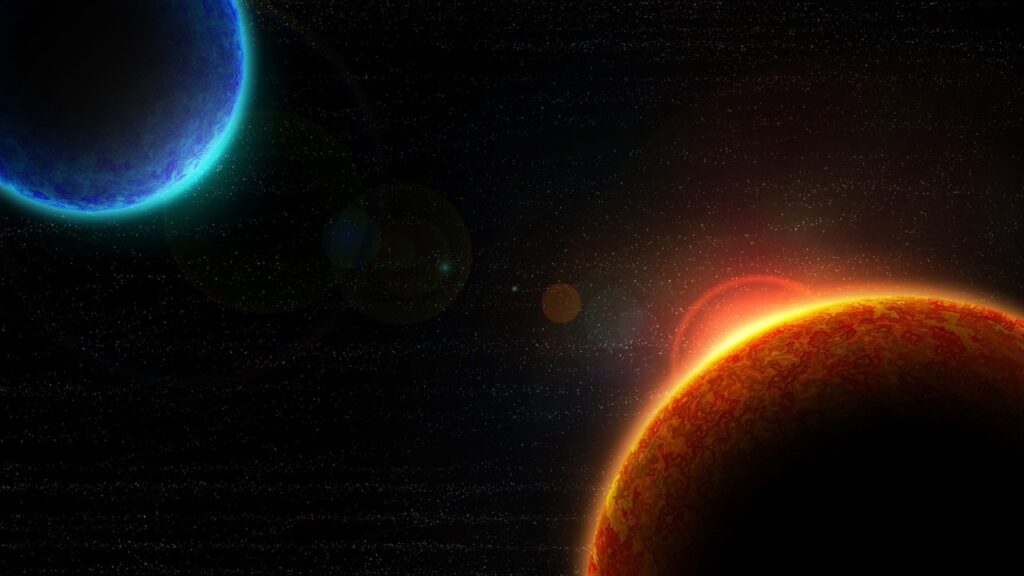
9. **Starlight’s Spectrum: Classifying Stars with Chemical Fingerprints**Speaking of chemical composition, one of the most powerful tools in an astronomer’s kit is stellar spectroscopy. This isn’t just about looking at pretty colors; it’s about dissecting a star’s light to reveal its innermost secrets! Joseph von Fraunhofer and Angelo Secchi were the pioneers in this field, comparing the spectra of stars like Sirius to our Sun and noticing crucial ‘differences in the strength and number of their absorption lines.’ These dark lines in a star’s spectrum are like unique barcodes, caused by specific elements in the star’s atmosphere absorbing certain frequencies of light.
Building on this foundational work, Secchi started classifying stars into ‘spectral types’ in 1865. Fast forward to the early 1900s, and Annie J. Cannon developed the modern version of this stellar classification scheme that we still use today. Imagine categorizing hundreds of thousands of stars just by their light signatures! This systematic approach, combined with the development of the ‘Hertzsprung-Russell diagram’ in 1913, truly propelled the astrophysical study of stars, allowing scientists to visually map out stellar properties like luminosity, temperature, and evolutionary stage. It’s basically the ultimate star yearbook!
And here’s a jaw-dropping revelation that shook the scientific world: in 1925, Cecilia Payne-Gaposchkin, in her PhD thesis, ‘first proposed that stars were made primarily of hydrogen and helium.’ Before her work, many thought stars had compositions similar to Earth! Advances in quantum physics further deepened our understanding, allowing scientists to precisely determine the chemical makeup of a star’s atmosphere. So, every time you see a star, know that its light is literally broadcasting its atomic secrets across the cosmos, waiting for us to decode them!
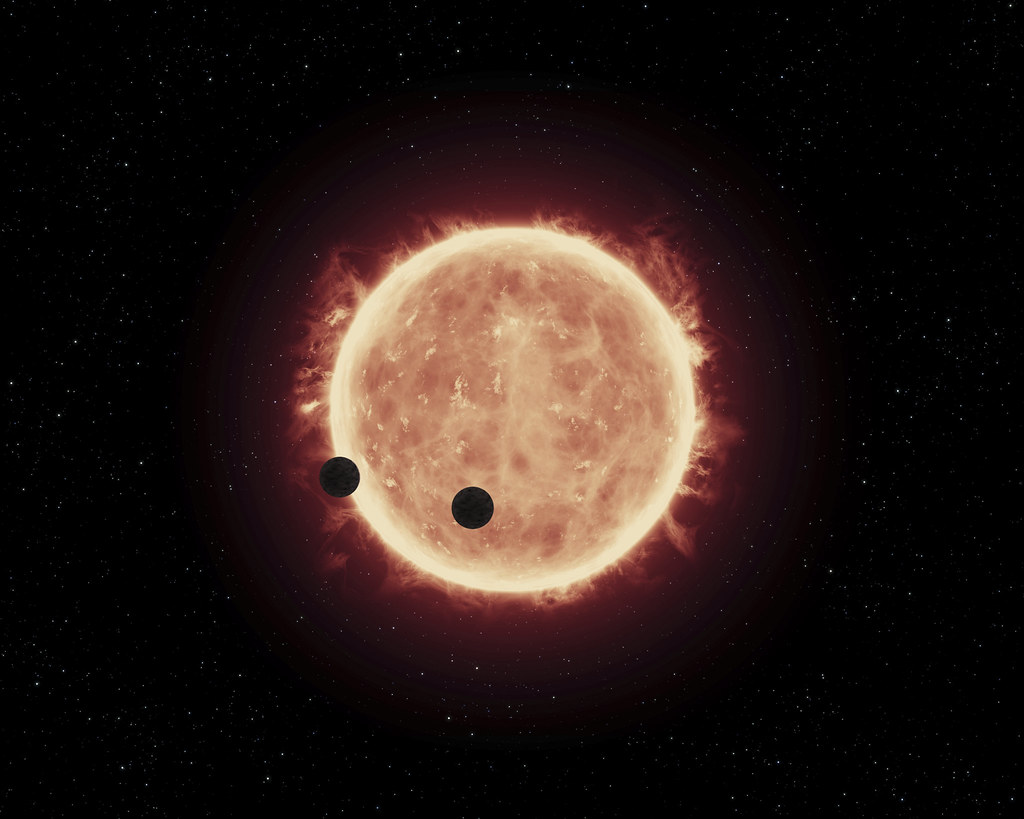
10. **Two’s Company: The Intricate Dances of Binary Stars**Think stars are solitary wanderers in the vastness of space? Think again! While our Sun is a single star, it turns out that ‘most stars are observed to be members of binary star systems,’ or even higher-order multi-star systems. William Herschel, in his extensive observations, was the first to discover that some stars aren’t just in the same line of sight but are ‘physical companions that form binary star systems.’ It’s like a cosmic dance, where two or more stars are gravitationally bound, orbiting each other in a celestial ballet.
This gravitational tango can get pretty intense and ‘significantly impact their evolution.’ When stars in a binary system are close enough, one star might even ‘overflow its Roche lobe’ – essentially, its gravitational sphere of influence – and some of its material can ‘overflow to the other star.’ This ‘mass transfer’ leads to all sorts of wild phenomena: ‘contact binaries, common-envelope binaries, cataclysmic variables, blue stragglers, and type Ia supernovae.’ It can even create bizarre situations like the ‘Algol paradox,’ where the more evolved star in a system is actually the *least* massive! Talk about defying expectations.
These binary star systems are a hotbed of astronomical research, precisely because ‘so many stars have been found to be members of binary systems.’ Understanding their evolution helps us explain everything from ‘novae and supernovae’ to ‘the formation of certain types of star, and the enrichment of space with nucleosynthesis products.’ In fact, some astronomers believe ‘mass transfer through gravitational stripping in binary systems’ might be the key to explaining the observed numbers of certain ‘evolved massive stars such as luminous blue variables, Wolf–Rayet stars, and the progenitors of certain classes of core collapse supernova.’ It truly adds a whole new dimension to stellar life stories.
The study of these intricate orbits has a long history. Felix Savary provided the first solution to the problem of deriving a binary star’s orbit from telescope observations in 1827. Later, in 1899, Edward Pickering discovered the first ‘spectroscopic binary’ by observing the periodic splitting of spectral lines of the star Mizar. It’s incredible how many secrets these cosmic pairs hold, and how much they teach us about the universe!
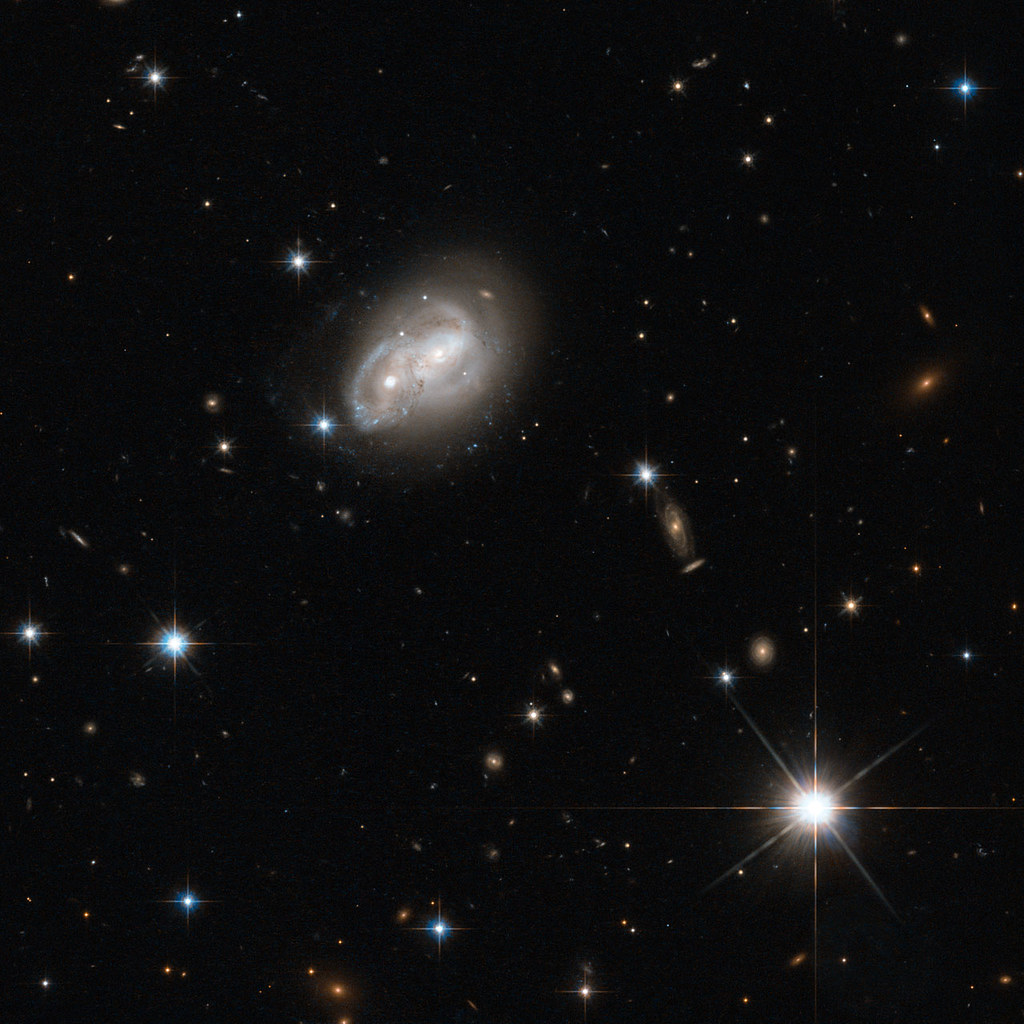
11. **Cosmic Neighborhoods: Where Do Stars Hang Out?**Just like us, stars tend to congregate! They’re definitely ‘not spread uniformly across the universe but are normally grouped into galaxies along with interstellar gas and dust.’ Our own ‘typical large galaxy like the Milky Way contains hundreds of billions of stars.’ And get this: there are ‘more than 2 trillion galaxies’ out there! It’s enough to make your head spin, knowing that the ‘observable universe contains an estimated 10^22 to 10^24 stars’ – that’s more stars than all the grains of sand on planet Earth!
Within these grand galactic cities, stars organize themselves into smaller neighborhoods. You’ve got ‘multi-star systems’ with two or more gravitationally bound stars, the simplest and most common being a ‘binary star.’ For stability, these systems are often ‘organized into hierarchical sets of binary stars.’ Then there are the larger ‘star clusters,’ which range from ‘loose stellar associations with only a few stars to open clusters with dozens to thousands of stars, up to enormous globular clusters with hundreds of thousands of stars.’ These clusters all formed from the ‘same giant molecular cloud,’ so their member stars typically share similar ages and compositions – like cosmic birth siblings!
But wait, there’s a fascinating twist! While most stars are safely tucked away inside galaxies, a significant portion – ‘between 10 and 50% of the starlight in large galaxy clusters may come from stars outside of any galaxy.’ Imagine being a lonely star, drifting through the vast emptiness *between* galaxies! These ‘intergalactic’ stars are truly the cosmic outliers, reminding us just how diverse and unpredictable the universe can be.
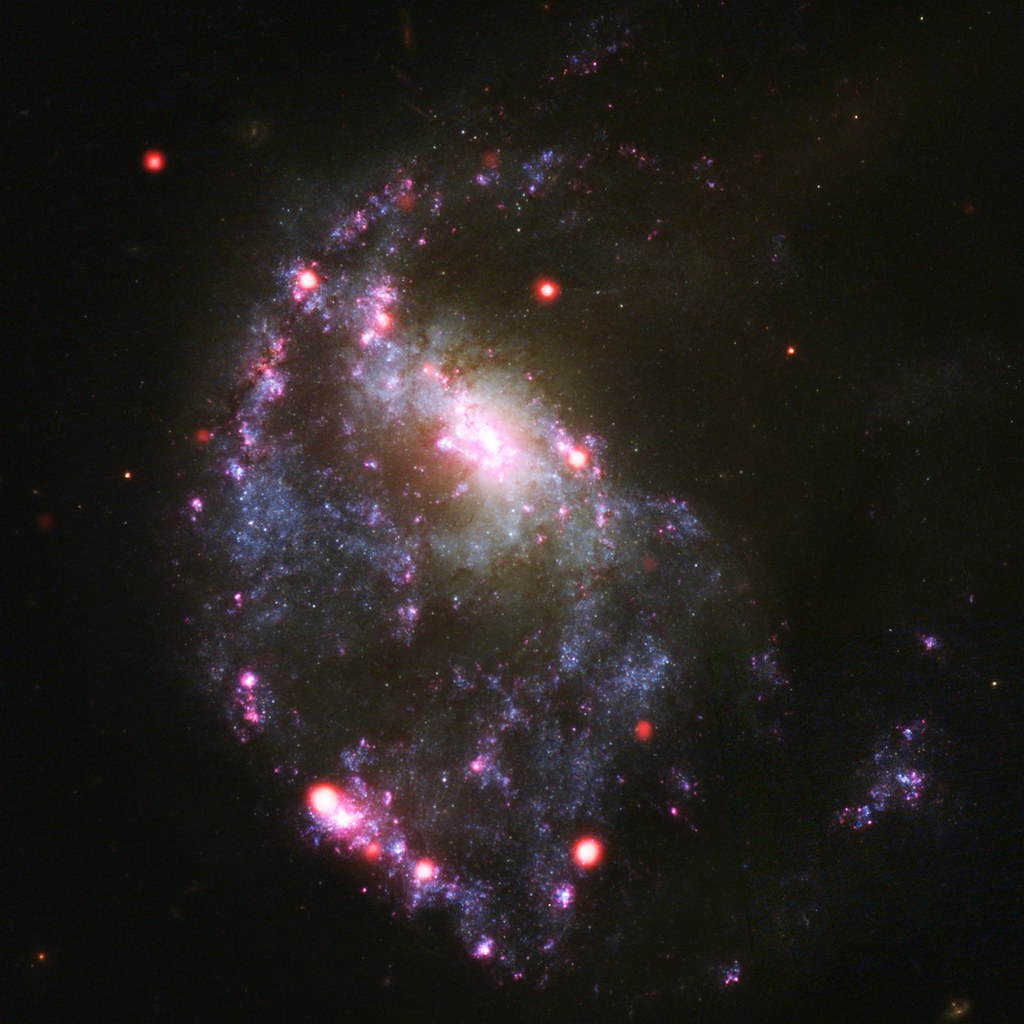
12. **The Lone Wolves and the Dynamic Duos: Are Most Stars Single or Paired?**After all this talk about binary stars, you might be thinking most stars have a dance partner. And you’d be right for many! It’s ‘particularly true for very massive O and B class stars, 80% of which are believed to be part of multiple-star systems.’ These stellar heavyweights often kick off their lives with at least one companion, making for some truly spectacular cosmic dynamics.
However, as we move down the stellar mass scale, things start to look a bit different. The ‘proportion of single star systems increases with decreasing star mass.’ So, while the giant, luminous stars love their duos, the smaller, more modest stars are often found flying solo. In fact, ‘only 25% of red dwarfs are known to have stellar companions.’ That’s a pretty significant drop-off from their massive cousins!
And here’s the kicker that flips our perspective: ‘As 85% of all stars are red dwarfs, more than two thirds of stars in the Milky Way are likely single red dwarfs.’ Mind. Blown. So, while binaries are incredibly common and fascinating, when you look at the sheer numbers across the entire galaxy, the universe is actually teeming with single, relatively low-mass stars! It’s a testament to the quiet, long-lived existence of these cosmic workhorses.
Adding another layer of intrigue, a 2017 study of the Perseus molecular cloud offered a captivating hypothesis: ‘most of the newly formed stars are in binary systems.’ In their model, ‘all stars initially formed as binaries, though some binaries later split up and leave single stars behind.’ So, it seems even the ‘lone wolves’ of the cosmos might have started their lives with a partner, only to embark on a solo journey later on. It just goes to show that the stellar drama, whether it’s a solo act or a grand pas de deux, is constantly unfolding across the vast, incredible stage of the universe.
From the forging of elements that make up our very existence to the intricate ballet of binary systems and the grand, galactic cities they call home, stars are more than just distant lights. They are the fundamental building blocks and cosmic engines of everything we see and touch, constantly evolving and shaping the universe around us. We’ve only just scratched the surface of their incredible stories, and every new observation brings fresh wonders to light. So next time you gaze up at the night sky, remember the unfathomable complexity and breathtaking beauty woven into every single twinkling point – it’s a universe of secrets waiting to be discovered, and you’re part of its grand, ongoing narrative!



